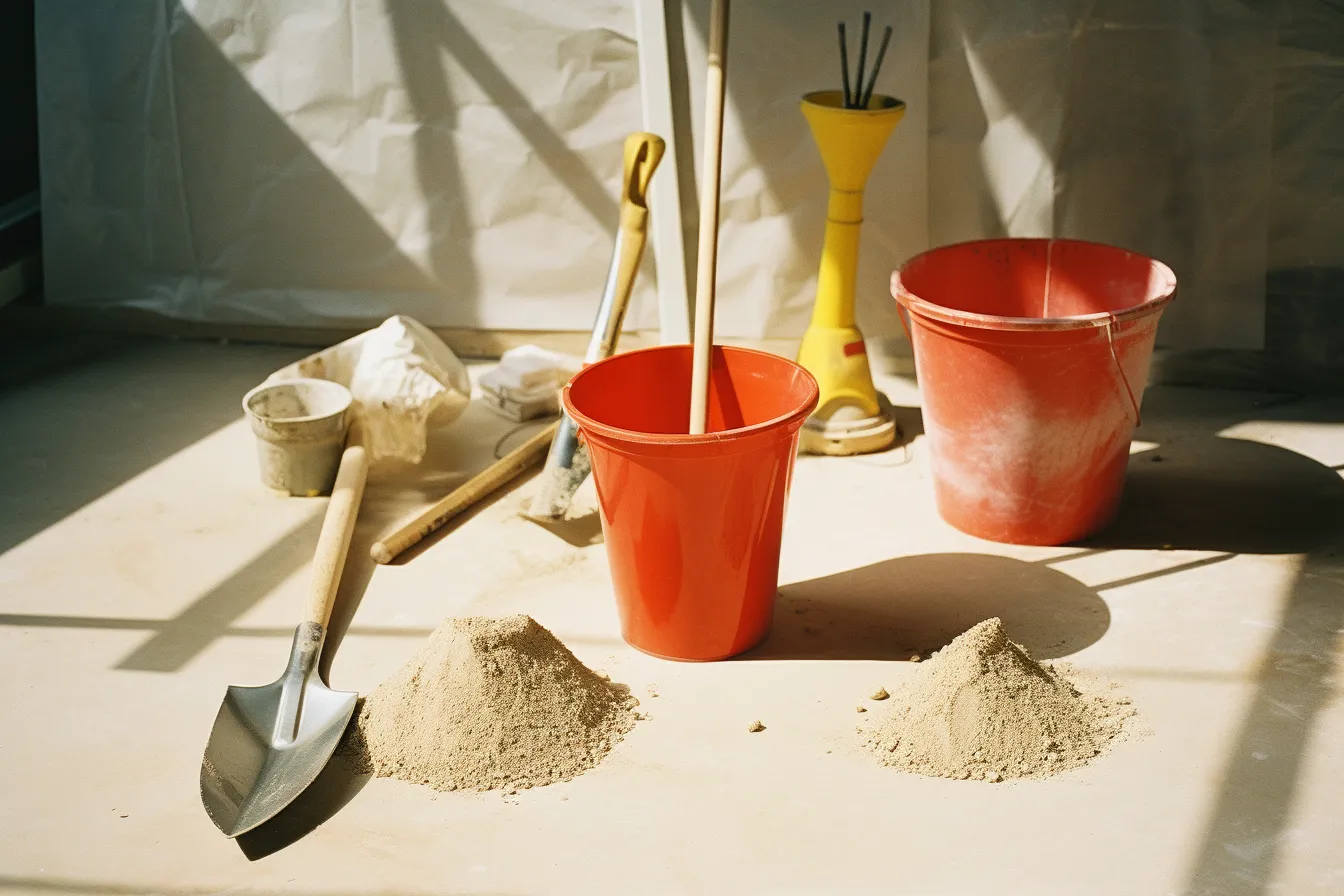Understanding Concrete Curing
Concrete is a fundamental material in the construction industry; its durability and strength make it a preferred choice for various applications. However, do you know what happens after the concrete is poured? It undergoes a crucial process called curing, which is often overlooked but plays a significant role in ensuring the longevity and performance of the finished concrete structure. In this article, we will explore the science behind concrete curing and highlight its importance in construction projects. Whether you’re a contractor, engineer, or simply curious about concrete, this information will provide valuable insights into the world of curing.
Diving into the Science of Concrete Curing
Concrete, a mixture of cement, aggregates, and water, undergoes a chemical reaction known as hydration to transform into a solid, hardened material. This reaction occurs when the water reacts with the cement particles, creating calcium silicate hydrate (C-S-H) gel, which acts as the glue that binds the aggregates together. As the hydration process progresses, the concrete gains strength and gradually hardens.
Now, here comes the important part: curing. Curing is the process of maintaining adequate moisture and temperature conditions to enable continued hydration and proper development of concrete strength. It starts soon after the concrete is placed and continues for a specific duration, typically around 28 days, although the duration may vary depending on factors such as ambient conditions, concrete type, and project specifications.
The Importance of Proper Curing
Curing is not an optional step in construction; it is imperative for the long-term performance and durability of concrete structures. Here’s why:
Enhanced Strength and Durability: Adequate curing ensures optimal hydration, leading to improved strength development and durability of concrete. It allows the concrete to reach its full potential and resist cracking, shrinkage, and surface imperfections.
Reduced Permeability: Proper curing results in a denser concrete with reduced porosity, making it less susceptible to water penetration. This is especially critical in structures such as dams, reservoirs, and basements, where preventing water leakage is crucial.
Minimized Cracking: By controlling the evaporation rate and internal temperature of the concrete during curing, the risk of cracking due to rapid moisture loss or thermal expansion is significantly reduced. Cracks can compromise the structural integrity and aesthetics of the concrete, so proper curing is essential in preventing them.
Optimal Bonding: Curing promotes the formation of strong chemical bonds within the concrete, ensuring better adhesion between layers and reinforcements. This is crucial for structural components that rely on the composite behavior of concrete, such as beams, columns, and slabs.
Common Curing Methods
Several curing methods exist, and their selection depends on various factors, including project size, weather conditions, and time constraints. Here are some commonly used methods:
Water Curing: This traditional method involves moistening the concrete surface by spraying or ponding water. It helps maintain moisture levels and dissipate the heat of hydration. Water curing can be done using hoses, sprinklers, or by covering the concrete with wet burlap or plastic sheets.
Membrane Curing: In this method, a curing compound or membrane-forming substance is sprayed or applied to the concrete surface. The compound forms a barrier that prevents moisture evaporation, allowing for gradual hydration to occur. Membrane curing is especially useful in large-scale projects or areas with limited water availability.
Steam Curing: Steam curing involves applying heat and moisture to the concrete using specialized equipment. This accelerates the hydration process, resulting in faster strength gain. Steam curing is commonly used in precast concrete production, where quick turnaround times are essential.
Conclusion
Concrete curing may seem like an insignificant step in the construction process, but its impact on the final product cannot be understated. Understanding the science behind curing and its importance in enhancing concrete strength, durability, and performance is crucial for both professionals and enthusiasts of the construction industry. By implementing proper curing techniques, we can ensure the longevity and structural integrity of the concrete structures we build.
